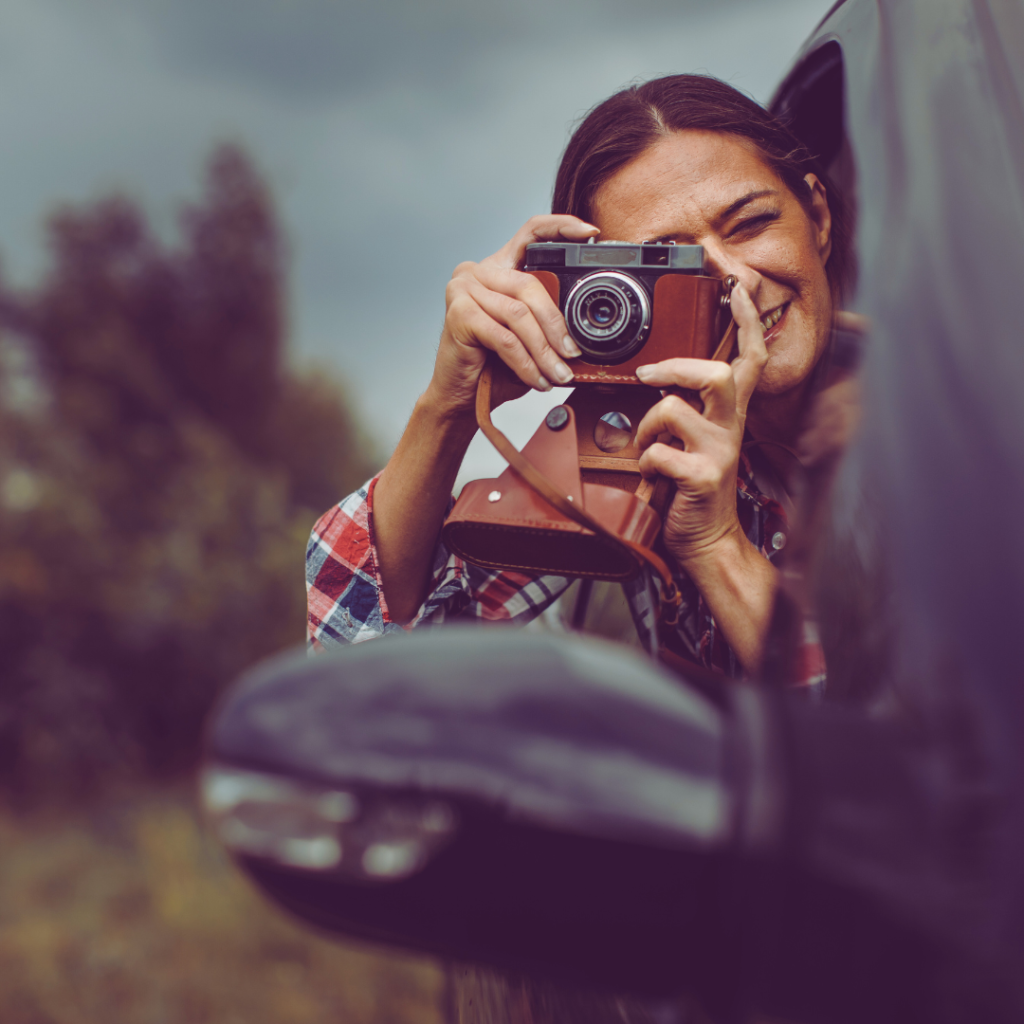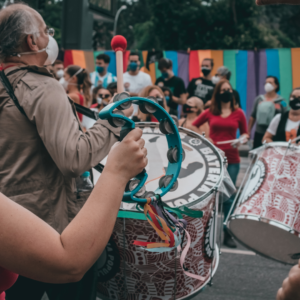Capturing candid moments in photography is an art that transcends traditional posed images. Through natural light and an unobtrusive approach, photographers can reveal authenticity and genuine emotions that tell a compelling story. These spontaneous shots not only reflect the true essence of a subject but also create lasting memories that resonate deeply with viewers.
Candid photography embraces the beauty of life’s unscripted moments, allowing emotions to shine without the constraints of formal setups. By focusing on the interactions and reactions between people, it illustrates the richness of human experience. Photographers often find that the best shots occur when subjects are unaware of the camera, leading to more genuine expressions.
To master this technique, one must remain attentive to their surroundings, ready to capture fleeting instances of connection and joy. The skill lies in combining patience with a keen eye, enabling the photographer to seize those unique moments that encapsulate real life. Engaging with the environment allows for the use of natural light, enhancing the authenticity of the images captured.
Understanding Candid Photography
Candid photography captures genuine moments where subjects are often unaware of the photographer’s presence. This style emphasizes the beauty of unscripted events, showcasing authentic expressions and interactions.
Defining Candid Moments
Candid moments occur spontaneously, presenting subjects in natural situations. The photographer typically observes rather than orchestrates, leading to images that reflect real emotions.
These moments can include smiles, laughter, or thoughtful expressions. For example, a child playing joyfully or friends sharing a laugh exemplifies the essence of candid photography.
Candid photos often evoke a sense of connection. They allow viewers to engage with the moment on a personal level, creating a narrative that resonates beyond the frame.
Authentic Moments vs. Posed Photos
Authentic moments differ significantly from posed photographs. While posed photos are orchestrated with subjects intentionally facing the camera, candid images capture spontaneity.
This difference impacts the emotion conveyed. Candid photography often reflects genuine feelings, while posed shots can seem stiff or rehearsed.
Many photographers favor candid approaches for their ability to tell stories in a more relatable manner. The viewer feels more engaged and connected to the subjects’ experiences.
Candid Moments Meaning and Synonyms
Candid moments represent unguarded interactions and authentic expressions. The term “candid” derives from the Latin word “candidus,” meaning pure or honest, emphasizing its essence.
Synonyms for candid include spontaneous, natural, and unposed. Each term reflects the key characteristics of candid photography.
Understanding these definitions helps photographers appreciate the value of capturing real-life moments. It encourages an approach that prioritizes the essence of human experience over artificial staging.
Technical Aspects of Capturing Candid Shots
Capturing candid moments requires a solid understanding of camera settings and the right equipment. Properly adjusting settings can mean the difference between a fleeting moment and a lost opportunity. Familiarity with lenses will also enhance the ability to frame spontaneous scenes effectively.
Camera Settings and Exposure Triad
The exposure triad consists of aperture, ISO, and shutter speed. A larger aperture (smaller f-number) allows more light, enabling faster shutter speeds to freeze action. For candid photography, a shutter speed of at least 1/250 second is often recommended to avoid motion blur.
ISO settings depend on lighting conditions. In bright light, an ISO of 100-400 works well, while lower light may require 800 or higher. Manual mode grants full control, allowing adjustments on the fly to adapt to changing environments.
Lenses and Focal Lengths
Choosing the right lens can significantly impact candid photography. Prime lenses, like 35mm or 50mm, often provide superior sharpness and low-light capability due to their larger apertures. These allow quicker adjustments without compromising image quality.
Zoom lenses, such as 24-70mm, provide versatility. Adjusting focal lengths lets the photographer frame shots without intruding on the subjects’ natural behavior. Wider lenses (16-24mm) can capture more context but may introduce distortion if not used carefully.
Mastering Focus for Sharp Candid Images
Achieving sharp focus is vital in candid photography. Fast autofocus systems can lock onto subjects quickly, even in dynamic environments. Continuous autofocus mode (AF-C) is advantageous when capturing moving subjects, as it maintains focus as they change positions.
To ensure sharp images, practice using a single autofocus point. This customization allows precise focusing on the subject while keeping the background softly blurred. Additionally, using burst mode can capture multiple frames in quick succession, increasing the odds of getting the perfect shot.
Composition and Techniques in Candid Photography
Effective composition and techniques are vital for capturing candid moments that tell a compelling story. Carefully blending in, making use of the surroundings, and having a keen sense of timing enhance the quality of candid photography.
The Art of Invisibility and Blending In
To capture genuine emotions, the photographer must remain unnoticed. Achieving this requires a combination of attire and behavior that aligns with the environment. Neutral colors help the photographer blend into the background.
Minimizing movements and using a quiet camera can prevent drawing attention. Photographers should observe subjects from a distance, allowing them to engage naturally without interruption.
When approaching groups or events, positioning oneself strategically enables better observation of interactions. A well-timed shot can reveal the essence of a moment that might otherwise go unnoticed.
Using the Environment
In candid photography, the environment plays a crucial role. Photographers should leverage surrounding elements to enhance composition. Utilizing the Rule of Thirds can guide framing.
Incorporating foreground elements can add depth. This technique emphasizes the subjects and creates a sense of place. Leading lines, such as roads or pathways, draw attention to the main subjects and lead the viewer’s eye through the image.
Being aware of light sources can further enrich the photograph. Natural light casts unique shadows and highlights that contribute to storytelling, making each image a vivid representation of the moment captured.
Timing and Anticipation
Timing is essential in candid photography. Photographers must develop a keen sense of decisive moments, honing their observation skills. Anticipating actions or expressions allows for capturing critical instances that reflect genuine emotion.
Practicing patience is vital. Waiting for the right moment to click is often more rewarding than trying to force interactions. A well-timed photograph can convey powerful narratives about relationships, joy, or spontaneity.
Using burst mode can also capture a series of moments, increasing the chances of obtaining a perfect shot. With practice, photographers can learn to recognize cues or signals that indicate when something noteworthy is about to happen.
Post-Processing and Ethical Considerations
In candid photography, post-processing and ethical considerations are crucial. They involve respecting individual privacy while enhancing the captured moments for artistic expression. Proper attention to these aspects ensures that candid photographs remain genuine, while also adhering to legal and moral standards.
Respecting Privacy and Personal Space
Privacy is a key ethical concern in candid photography. Photographers should always remain aware of their surroundings and the people within them. Ensuring that individuals are comfortable, without encroaching on their personal space, is essential.
To uphold privacy:
- Seek Consent: Whenever possible, obtain permission from subjects after capturing the moment. This fosters trust.
- Be Mindful of Context: Understand the environmental settings of photographs. Some situations may require heightened sensitivity.
- Avoid Harmful Situations: Photographers should not exploit vulnerable moments that may cause distress to individuals.
Respecting privacy ensures a more responsible approach to candid photography.
Editing Candid Photos
Editing is a valuable tool in post-processing but must be approached with care. The goal is to enhance images without misrepresenting the moment. Transparency during the editing process is vital.
Key editing practices include:
- Maintain Authenticity: Adjust brightness, contrast, and colors while staying true to the original scene.
- Limit Retouching: Avoid heavy alterations that could distort reality. Natural imperfections often add to the charm of candid shots.
- Use Subtle Textures: When applying filters or effects, keep them subtle to preserve the original feel of the image.
By focusing on authenticity, photographers can ensure that their candid moments resonate with viewers for years to come.





